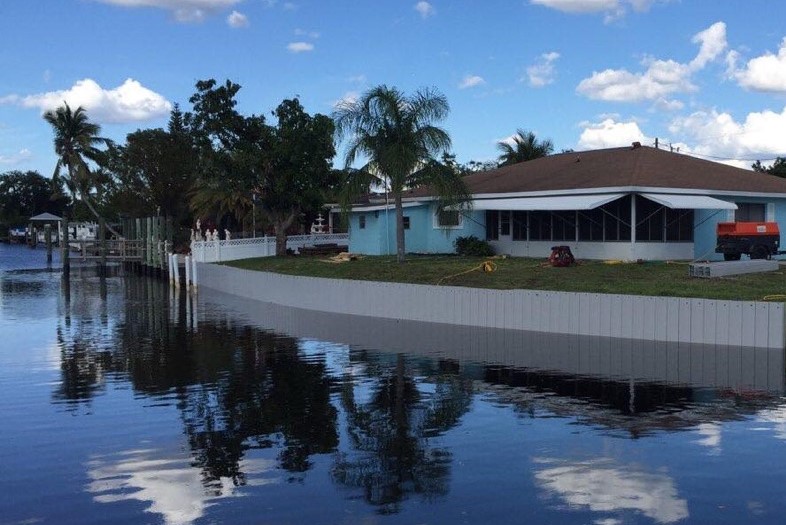How Much Does a Seawall Cost?
The first question usually asked by a homeowner or someone purchasing property on the water when it appears a new sea wall is needed is “what is the cost of a new sea wall?”. It is one of the hardest questions to answer for those even in the marine construction industry because seawall price per lineal foot varies for each property and needs to be seen in person to give an estimate.
Two of the biggest cost variances in building a seawall is based on the soil condition and accessibility to the jobsite. When contractors or engineers review a site, they must probe the soil to determine the density. The density of the soil determines the seawall material options and equipment required which have different costs. Usually, the harder the soil and the larger the equipment required, the more cost is incurred.
In regard to job site accessibility, the marine contractor has to determine if the sea wall can be installed from land or if they have to install from the water. If they have to install from the water, it is usually because there is not enough space for equipment behind the wall or in between property lines. There are some marine contractors that say it is at least 30-40% more to install a seawall or bulkhead from the water. When contractors install from the waterside, they have to have a barge, drive the barge to the job site, determine how to transport the material, etc. There are many details that go into only being able to install a seawall from the water which adds cost. However, in most cases the patented Truline vinyl-clad, steel-reinforced, pour-in- place concrete wall system can be installed from the land side with smaller construction equipment, resulting in less tear-up and lower costs for the homeowner. With Truline, you get a stronger, thicker concrete seawall than standard precast concrete panels, with all the vinyl form protection from harsh marine elements, resulting in increased life of the seawall.
Other items that vary the cost for each seawall project include, proximity of a swimming pool and landscaping, docks, the condition of the current wall, drains, the exposed height of the wall needed, and more. In addition, even within one state, the prices of seawalls vary greatly by region. Because the question of “how much does it cost to replace a seawall” is usually the most asked question, one of the FAQs on The City of Ft. Lauderdale’s website addressed it, which states, “The City surveyed a number of seawall contractors in May-June 2016. Seawall contractors quoted $650-$2,000 per linear foot depending on the depth of the waterway and location of the seawall. In addition, engineering and permitting services were quoted as $2,000-$5,000 per job…. Cost will vary by the type and condition of the seawall in question.” This is unfortunately a wide range for homeowners but seems accurate at least for the Southern Florida region. For other areas of Florida and the US, the range may be a little more or less. Substantial residential seawalls or bulkhead for salt water and properly built tend to cost in the range of $1,000 to $2,000 per lineal foot (2023 estimates).
It is best to contact your local, licensed and insured marine contractor to obtain an estimate for your property. Be sure to ask about the next generation of seawall technology, TRULINE®, the Ultimate Seawall or visit www.truline.us for more information and referrals. Additional articles on seawall construction cost are available to learn more.

